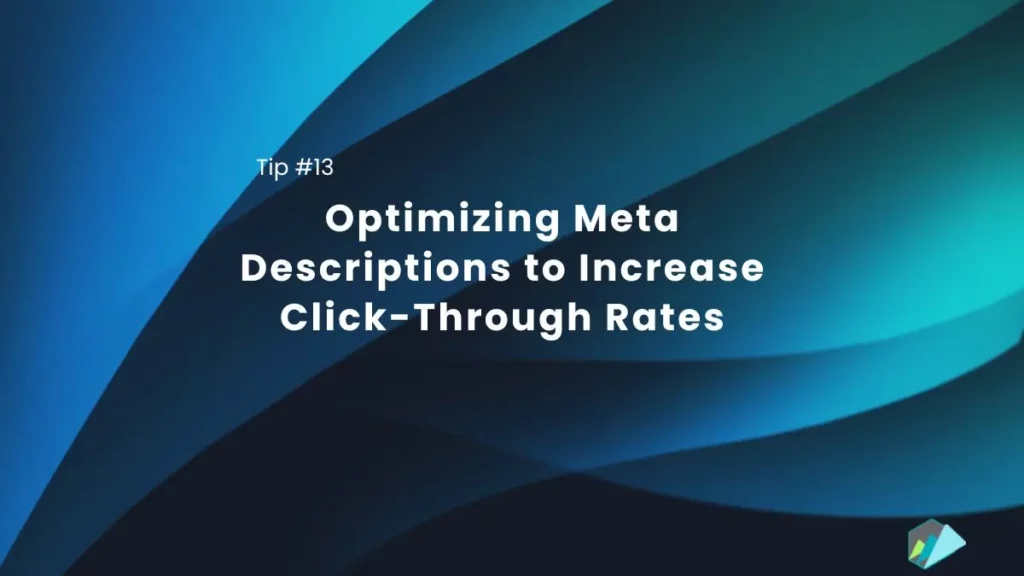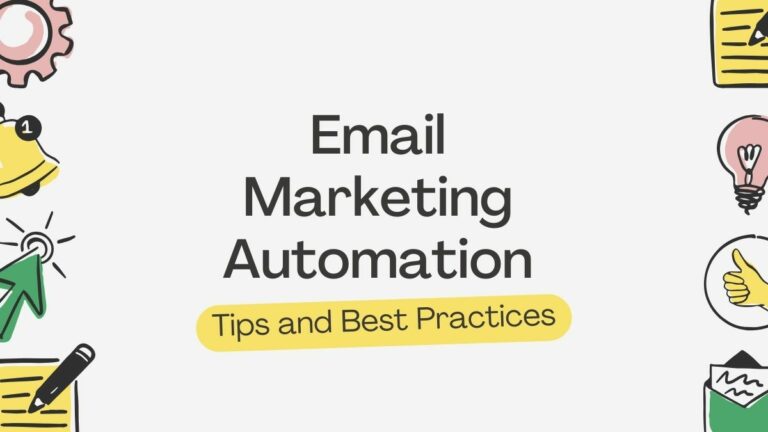
Optimizing Meta Descriptions to Increase Click-Through Rates
The first result on Google’s search engine results page, where all eyes go to find what they are looking for online, is a critical spot—but it’s not the only place you need to be. Google also displays a snippet of your website in the search results. This snippet is called a “meta description,” and it’s the first thing people see when they click on one of your listings.
A meta description is a summary of the content on your web page that appears as text below the title and URL in search engine results. It gives users an idea of what information they’ll find when clicking through to your site, so it’s essential to craft compelling descriptions for each one of your pages. In addition, a strong meta description can help increase click-through rates from search engines and drive more traffic to your website.
Understanding User Intent
Before you craft your meta descriptions, it’s crucial to figure out what the user tries to accomplish with their search query. When you’re writing your meta description, keep the user in mind. Think about what they may be searching for and how they intend to use your content.
If you match their intent with a compelling description that includes keywords relevant to their search query, you’ll increase the chances of turning them into customers or leads. There are generally three types of user intent that you should be aware of:

Informational Intent
Someone with informational intent is looking for information on a specific topic. For example, if someone searches for “how to make coffee,” they’re not looking to buy it but instead seeking directions.
Navigational Intent
A user with navigational intent is searching for a specific website or page. For example, if someone searches for “Facebook,” they want to navigate directly to Facebook’s homepage.
Transactional Intent
Users with transactional intent are looking to buy a product or service. For example, if users search for “buy new iPhone,” they’re likely trying to purchase an iPhone from the first result on Google.
Crafting Compelling Meta Descriptions
A compelling meta description can make all the difference between a click-through and no clicks at all—here are some tips for crafting an irresistible one:
Keep it Short and Sweet
Google displays only a portion of your meta description on page one. Therefore, ensure the essential part is included in this section by keeping it short—under 265 characters.
Focus on the Benefits
Describe the benefits that users can enjoy when they visit your page. Highlight the advantages of using your product or service, and use relevant keywords in your meta description.
Use Action-Oriented Language
Use language that expresses action in your meta descriptions to encourage users to take a specific step, such as buying a product or signing up for more information.
Be Unique and Specific
Your meta description should be unique and specific to the Content on the page. Avoid using generic descriptions that could apply to any page on your site.

Match the User’s Search Query
Use your meta description to get the user’s attention, and include their search query so that it will be more relevant.
Optimizing Meta Descriptions for Search Engines
Optimizing your meta descriptions for search engines is as important as optimizing them for users. Here are some best practices to help you do that:
- Include Keywords: In your meta descriptions, include relevant keywords but don’t stuff them in or use them unnaturally. Instead, use the words that users search for. Again, use natural language, and feel free to vary your meta descriptions, so they don’t look like a list of keywords.
- Don’t Duplicate Meta Descriptions: Every web page should have its unique meta description. Avoid duplicating the same description across multiple pages.
- Match the Content on the page: Ensure that your meta description accurately reflects the Content on the page. Refrain from misleading users by using a meta description that doesn’t match what is written on your website.
- Use Compelling Language: Use language in your meta description that draws users’ attention to clicking the link. A compelling meta description can increase your click-through rate, improving how well you rank on search engines.
Testing and Measuring Success

Use A/B Testing
Create and test two versions of your meta description to see which one performs better. Then, use the meta description that generates the most clicks.
Use Google Search Console
Google Search Console provides valuable data on your website’s performance, including click-through rates for each page. Use this information to help determine which meta descriptions generate the most clicks—and then write more like them.
Monitor Your Click-Through Rate
Monitor your click-through rate regularly to identify pages with low click-through rates. Then, optimize these pages’ meta descriptions and test different ones to see if you can increase their effectiveness at driving traffic.

Closing Notes
Crafting compelling meta descriptions is crucial in enticing users to click through to your page. You can improve your website’s traffic by understanding user intent and writing unique, specific descriptions (as well as optimizing them for search engines).
Continually test and measure the effectiveness of your meta descriptions to optimize click-through rates on search engine results pages. Meta descriptions are one of the best ways to optimize your website for search engines. Improving this snippet of text can help you drive more traffic to your site by telling users precisely what they will gain from clicking through.
Digital Results will gladly assist you if you need assistance auditing your website to ensure it is optimized for SEO and user experience. Schedule a free 30-minute consultation, and we will have our digital marketing experts assist you and your team.






